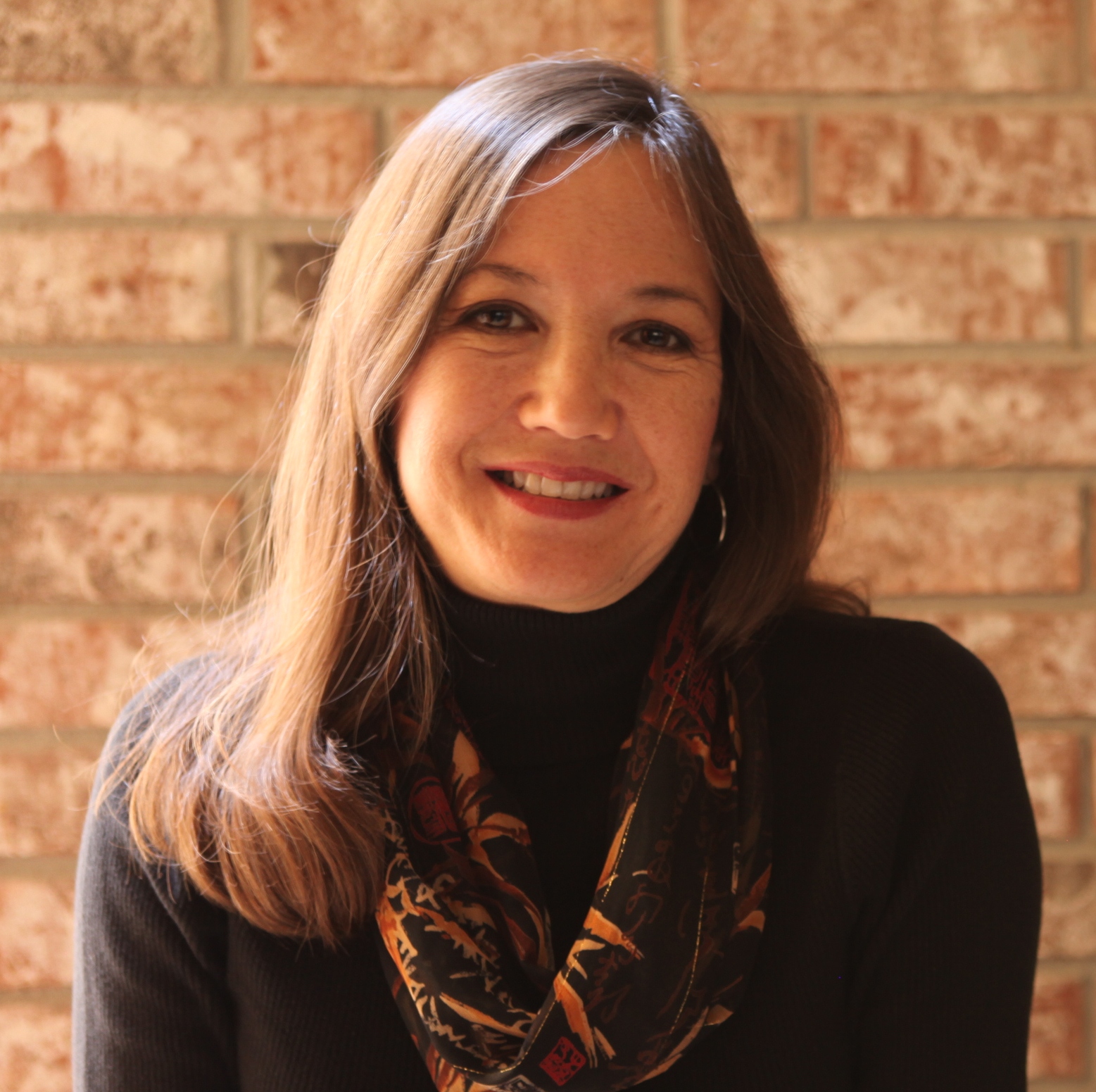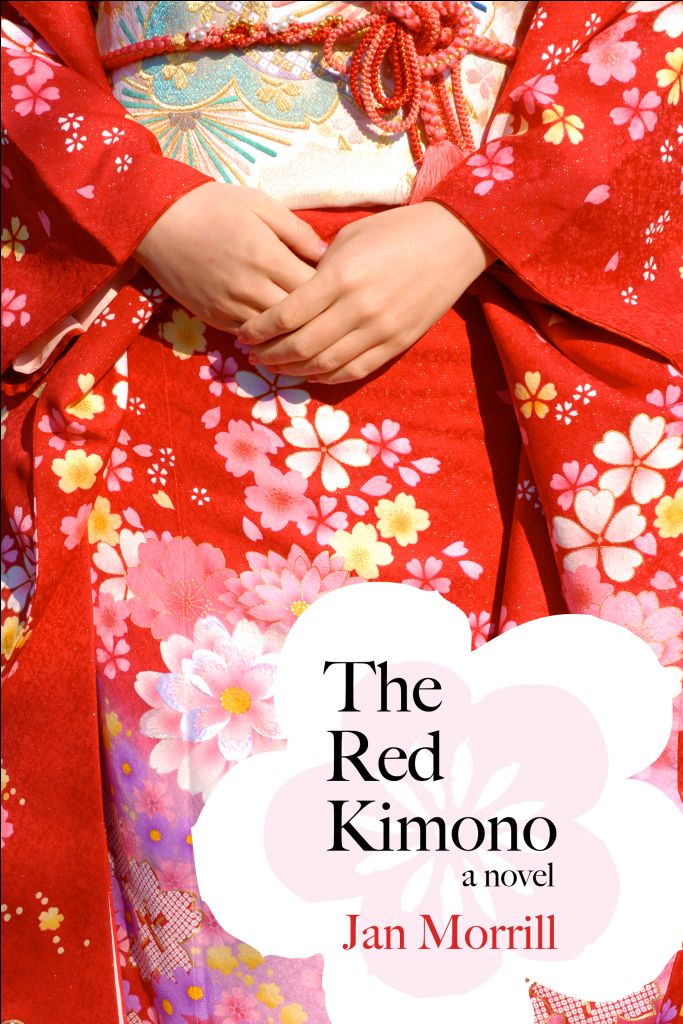I’d like to introduce you to the sixteenth author in my ‘Meet the Author’ series. She is Jan Morrill.
QUESTION: Hi, Jan! Welcome to Susan Finlay Writes blog site. Can you tell us a bit about your background as a writer?
ANSWER: Though I’ve loved to write since my earliest recollection, I became a serious writer about seven years ago, when I joined the Northwest Arkansas Writers, a critique group headed by Velda Brotherton and Dusty Richards. Before, I dabbled with short stories, journal entries, poetry, etc. dreamed of one day writing a novel. (Well, okay, to be honest, I dreamed of writing the next Great American Novel.) But, it wasn’t until joining this critique group, surrounding myself with serious writers who encouraged, taught, critiqued and informed, that I began to write my novel, five pages at a time.
QUESTION: Your debut novel, ‘The Red Kimono’, was released by the University of Arkansas Press in February, 2013. It’s about a Japanese family and it’s set in California and Arkansas in 1941. Can you tell us a bit about your book? What inspired you to write it?
ANSWER: My mother is Japanese American. At the age of seven, she and her family were interned at Tule Lake and Topaz. That, along with the murder of her father shortly after internment became the seeds to the story of The Red Kimono. Though based on events in my mother’s life and historically accurate, the story and characters are ficticious.
QUESTION: You are working on a sequel to ‘The Red Kimono’. Do you have an anticipated release date yet? Can you tell us anything about the book?
ANSWER: I am approximately 1/3 finished with the first draft of the sequel, which most writers will understand means I’m probably only 1/10 of the way finished with the entire process. I hope to have the manuscript complete in the next six months. From there, I’ll edit, re-edit, re-edit again, and then probably once (or twice) again. My goal is to have it published within the next year.
The Red Kimono ends in 1945. The sequel (currently titled Broken Dreams, however, I’m sure the title will change) opens in 1957. It follows the lives of the same characters in The Red Kimono: Sachi, Nobu, Terrence, Jubie and Taro. Though they are adults now, they continue to deal with issues of prejudice and forgiveness. Instead of the story taking place during World War II, Broken Dreams takes place at the dawn of civil rights.
QUESTION: Your award-winning short stories and memoir essays have been published in ‘Chicken Soup for the Soul’ books and several anthologies. Your bio says that your stories reflect memories of growing up in a multicultural, multi-religious, multi-political environment. That’s fascinating. Can you tell us more?
ANSWER: As I mentioned earlier, my mother is Nisei, the first generation to be born in the United States. She is also Buddhist. My father is a 6’4” redhead, a Southern Baptist born in Missouri and raised in Kentucky. I remember my parents trying to find a church that would satisfy them both, or at least not offend. Add a political diversity to the cultural and religious diversity in my family, and one can see how I grew up considering different perspectives, sometimes seeing anger and resistance and sometimes seeing harmony. Of course, I always preferred the harmony.
QUESTION: What has your experience with your publisher been like? Is it everything you’d hoped for?
ANSWER: Working with the University of Arkansas Press has been a dream. My long road to publication was filled with the familiar frustrations of searching for an agent, finding an agent, searching for a publisher, paying a high-priced editor, letting the editor go because she wanted to change my story too much and finally, parting ways with my agent to pursue other publication options.
A week after leaving the “path to the Big Six,” I contacted the University of Arkansas Press. Within an hour of sending the email, the director of the press called me and asked if we could meet to discuss my book. From first contact to publication, that is how my relationship with my publisher has been. Friendly, efficient, rewarding.
QUESTION: How does it feel to be a published author? Have you done many book reading/signing events?
ANSWER: It was almost surreal when I received my copy of The Red Kimono. I’d dreamed of it for so long, I literally had to remind myself that it wasn’t a dream this time. At first, I was proud that I had accomplished a life-long goal. Then, I realized how grateful I was to all the people who helped me get there. And now, my greatest joy as an author comes from hearing people tell me that they enjoyed the book.
I’ve been very busy with speaking events and book signings. Many of my writing mentors have told me that once the book is published, the real work begins. Boy, is that true! But I really enjoy speaking about The Red Kimono. I believe this was an important time in our history, and I’ve found that though many people don’t know much about it, they are very interested to learn more. (For more information on my events, please go to this link: http://www.janmorrill.com/events/
QUESTION: At some point or another, all writers come across the “rules” of contemporary writing: no adverbs, no dialogue tags, show don’t tell, etc. In your opinion, how important are they to writing? Are there any that you particularly adhere to?
ANSWER: It may sound cliche, but I believe you have to know the rules to know how and when to break the rules. I definitely, acutely, insistently avoid adverbs. But probably the rule that rings in my head as I write is “show, don’t tell.” It’s the refinement I make most often as I’m going through a first draft. Also, I believe in deepening a character fully enough that the reader becomes the character living the events.
QUESTION: What is your favorite or least favorite part of writing?
ANSWER: Believe it or not, my favorite part of writing is editing. I do love the creative process, but in a way, I see editing as creating, too. First, I create the foundation of the story—the rough diamond, the sketch. But it’s in the editing that I polish the diamond, add the colors and texture that bring the picture of the story to life.
QUESTION: Do you have a writing routine, a special place where you go to do your writing, or a certain time of day? Do you listen to music while you write, and if so, what kind of music?
ANSWER: I do my best writing early in the morning, before the rest of the world wakes. If I get too far into my day, I have too many distractions. I have an “office” at home where I go to write, and I often spend many hours there. Unfortunately, I’m often distracted by the Internet, and though I’ve tried many methods, I have yet to find the discipline to stay completely off of it while writing. (Of course, I use the excuse that social media is necessary to promote my book.) I’ve gotten better about it, but I still have a ways to go.
Perhaps because of the distractions provided by the Internet, I work in silence. Even soft music is too distracting to me.
QUESTION: How do you get past writers’ block or distractions like the internet?
ANSWER: Oops. I answered the the Internet question above. Once, I created an Internet Free Zone. Unfortunately, it was only Internet-Free in my imagination. And though I’m a creative writer, my imagination just could not work that hard. My stubborn mind knew it was not truly Internet-free, and the temptation to take a peek at Facebook, email, etc., was too great.
As for writers’ block, I have a variety of methods I use, which in the past, have been whole other blog post. But to summarize, I interview my characters, (http://janmorrill.wordpress.com/2011/08/05/happy-hour-with-nobu/), use photos or paintings as prompts, use haiku as prompts, take a favorite sentence out of a book to use as a prompt, leave my computer to do something else, sit in silence and last but not least, just start writing.
QUESTION: If you were shipwrecked on a desert island, what three books would you want to have with you?
ANSWER: Does my Kindle count? That’s a tough choice. Certainly, I would want the Bible to be one of my three. To be honest, I’ve not read much of the Bible. But if I were shipwrecked on a desert island, I’m certain I’d want the Bible with me. As I think about it, though there are many books I love, I can’t think of too many I wouldn’t eventually get tired of reading over and over and over. Therefore, I might do better to write, to continue to create things to read. (Gee, is that vain?) So, I think the two books I’d bring are The 3 A.M. Epiphany: Uncommon Writing Exercises that Transform Your Fiction and The Essential Haiku: Versions of Basho, Buson and Issa. I have in the past used both of these books for writing prompts.
Susan, thank you so much for inviting me to be a guest on your blog. I enjoyed answering your thought-provoking questions and would be interested to see some of your readers’ answers to the questions, too!
QUESTION: Please list any websites or social media links for yourself or your book. Thanks!
http://www.janmorrill.com/
http://theredkimono.com/
https://www.facebook.com/JanMorrill.Author?ref=hl
https://twitter.com/janmorrill
http://www.amazon.com/Red-Kimono-Novel-Jan-Morrill/dp/1557289948/ref=sr_1_1?s=books&ie=UTF8&qid=1366985084&sr=1-1&keywords=the+red+kimono
http://www.amazon.com/The-Red-Kimono-ebook/dp/B00BLQCGZO/ref=sr_1_1_title_1_kin?s=books&ie=UTF8&qid=1366985084&sr=1-1&keywords=the+red+kimono



4 Comments
April 26, 2013 at 2:17 pm
Susan, thanks so much for the invitation to be a guest on your blog! I look forward to reading comments!
April 26, 2013 at 2:21 pm
It was my pleasure. Great answers to the questions.
April 27, 2013 at 10:19 pm
Jan, I had never thought about this period of our history until my husband and I visited a museum in Fairbanks, AK, and were touched by the stories of people in the Aleutian Islands who were uprooted from their homes and transported often thousands of miles away. Then while visiting in California, I read about Japanese families who were sent to internment camps and how their neighbors often took care of their farms until they returned. I look forward to reading your account.Historical fiction is my favorite genre.
Arline Chandler
April 28, 2013 at 5:57 pm
Thanks, Arline. Many people I’ve spoken to know little to nothing about this time in our history. I remember a short segment in my history class in high school. It’s a time we are not proud of, and perhaps that’s why it’s not taught in much detail. But I think that’s all the more reason for it to be well-known — so we don’t repeat it.